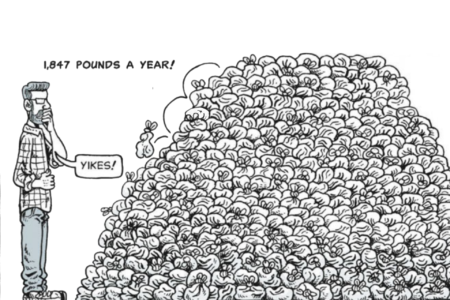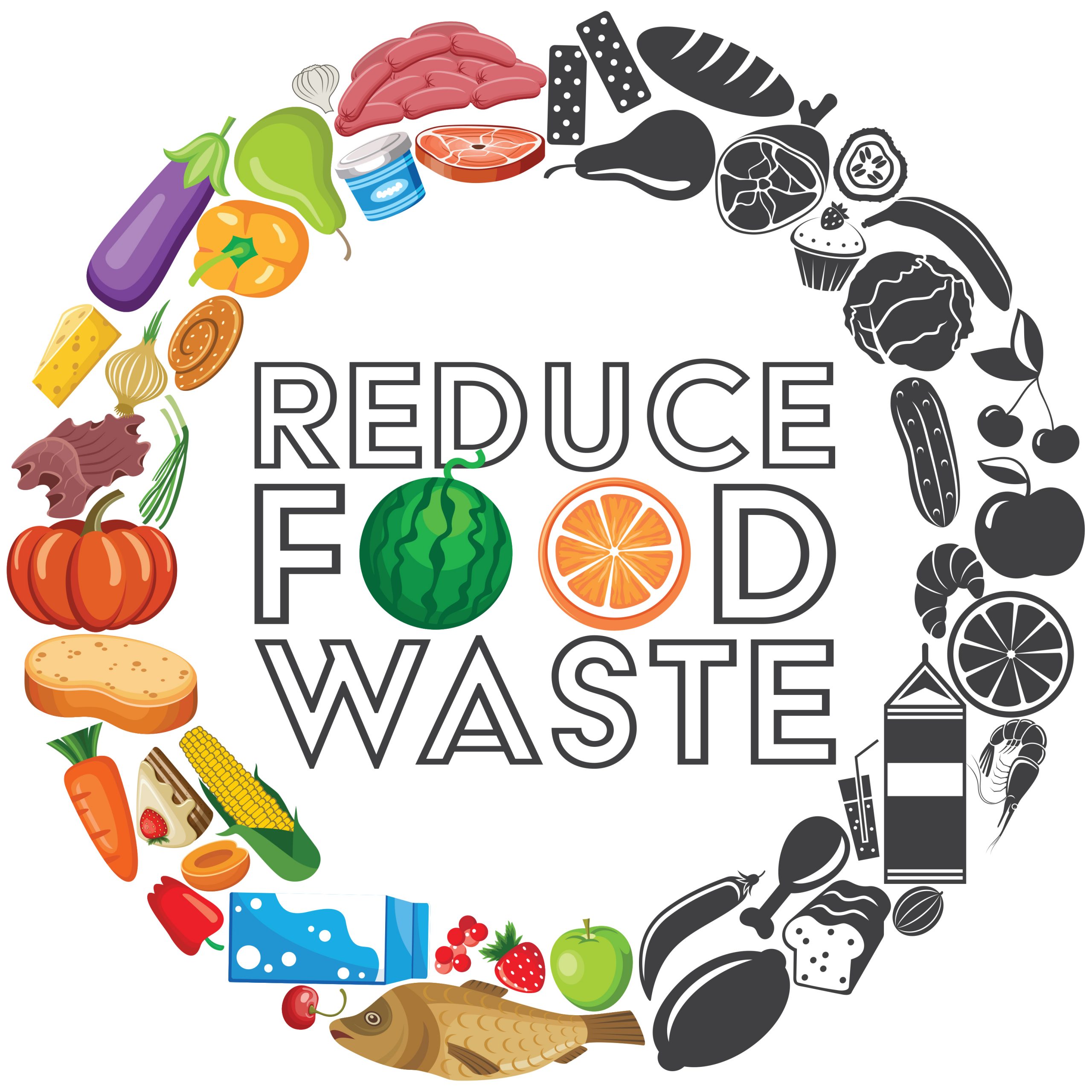
Introduction
Food waste reduction is a critical issue that both households and restaurants need to address. It not only has a significant impact on the environment but also has economic implications. Wasted food contributes to greenhouse gas emissions and squanders valuable resources such as water and energy. Additionally, the economic cost of food waste is substantial, with households in the United States alone wasting around $161 billion worth of food each year. Likewise, restaurants face financial losses due to food waste. Therefore, implementing effective strategies to reduce food waste is paramount.
Historical Background
Understanding the historical context of food waste helps us grasp the magnitude of the issue. Throughout history, food waste has been a prevalent problem, amplified by the rise of consumerism and industrialization. However, in recent decades, numerous initiatives and movements aimed at reducing food waste have gained momentum due to increased awareness of sustainability and environmental responsibility.
Key Concepts and Definitions
To effectively tackle food waste reduction, it is essential to define key terms. Composting refers to the process of decomposing organic waste into nutrient-rich soil. Food recovery involves collecting edible but surplus food from various sources, such as restaurants and supermarkets, and redistributing it to those in need. Food recycling entails transforming food waste into other useful products, such as animal feed or biofuels. The food waste hierarchy emphasizes prioritizing prevention over other methods, highlighting the significance of reducing waste at its source.
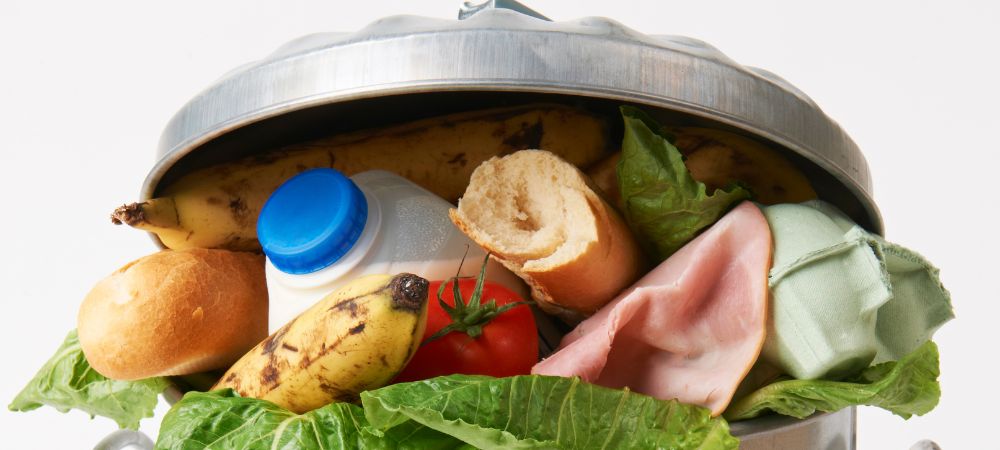
Main Discussion Points
Tips for households to reduce food waste
Households can play a significant role in minimizing food waste. Meal planning and portion control are crucial in preventing excess food preparation and consumption. Additionally, creative ways to use leftovers, such as incorporating them into new recipes or donating them to food banks, can reduce waste. Proper storage techniques, such as using airtight containers and refrigeration, help extend the shelf life of perishable items. Furthermore, composting organic waste can significantly reduce household food waste while providing nutrient-rich soil for gardening.
Strategies for restaurants to minimize food waste
Restaurants can employ various strategies to minimize food waste. Implementing inventory management systems helps track and regulate food supplies, reducing the risk of over-purchasing. Training staff on portion control and proper food handling techniques can optimize food usage. Donating excess food to local charities or food banks not only reduces waste but also contributes to the well-being of the community. Collaborating with suppliers and farmers to reduce waste along the supply chain fosters a more sustainable approach.
Implementing sustainable packaging and waste management practices
Reducing food waste also involves implementing sustainable packaging and waste management practices. Exploring alternatives to single-use plastics, such as biodegradable or compostable packaging, can significantly minimize environmental impact. Encouraging customers to bring their own containers for take-out helps reduce packaging waste. Establishing efficient recycling systems within restaurants ensures proper waste sorting and disposal.
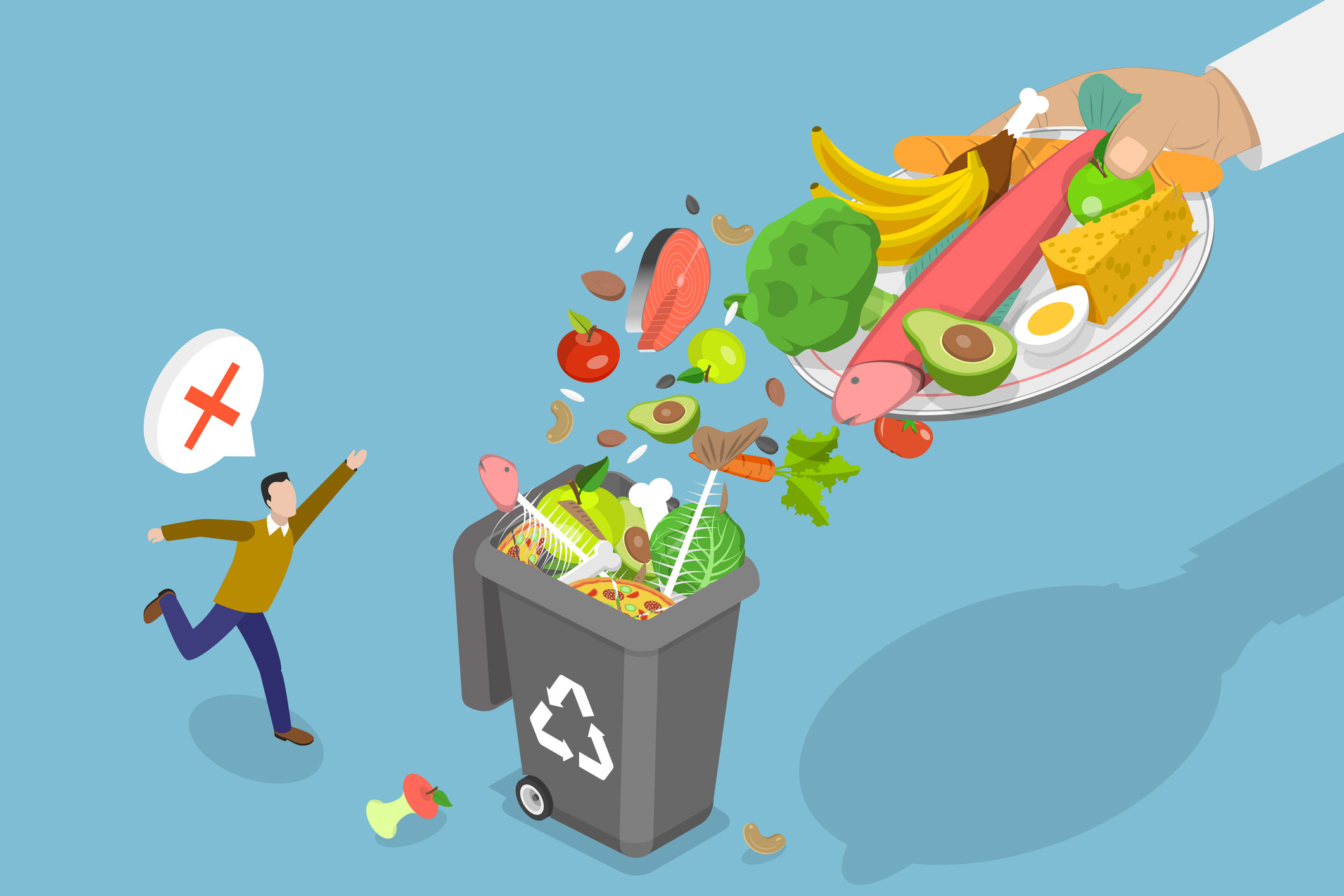
Case Studies or Examples
Highlighting successful food waste reduction initiatives can inspire and guide households and restaurants. Real-world examples, such as community-driven household composting programs or restaurants implementing innovative food surplus management systems, showcase the effectiveness of these strategies in practice. Organizations and cities that have effectively implemented food waste reduction strategies, such as the Love Food Hate Waste campaign in the UK, serve as valuable models for others to follow.
Current Trends or Developments
Recent research findings offer insights into effective food waste reduction strategies. Studies have explored the potential of technology, such as smart refrigeration systems and artificial intelligence, to optimize food storage and minimize waste. Innovations in waste management, such as anaerobic digestion, offer environmentally friendly solutions for converting organic waste into renewable energy sources.
Challenges or Controversies
While efforts to reduce food waste are commendable, households and restaurants face common challenges. These challenges include lack of awareness, improper food storage practices, and misconceptions regarding food expiration dates. Additionally, controversies surrounding food waste reduction strategies, such as inconsistencies in food labeling policies or liability concerns for food donations, can hinder progress.
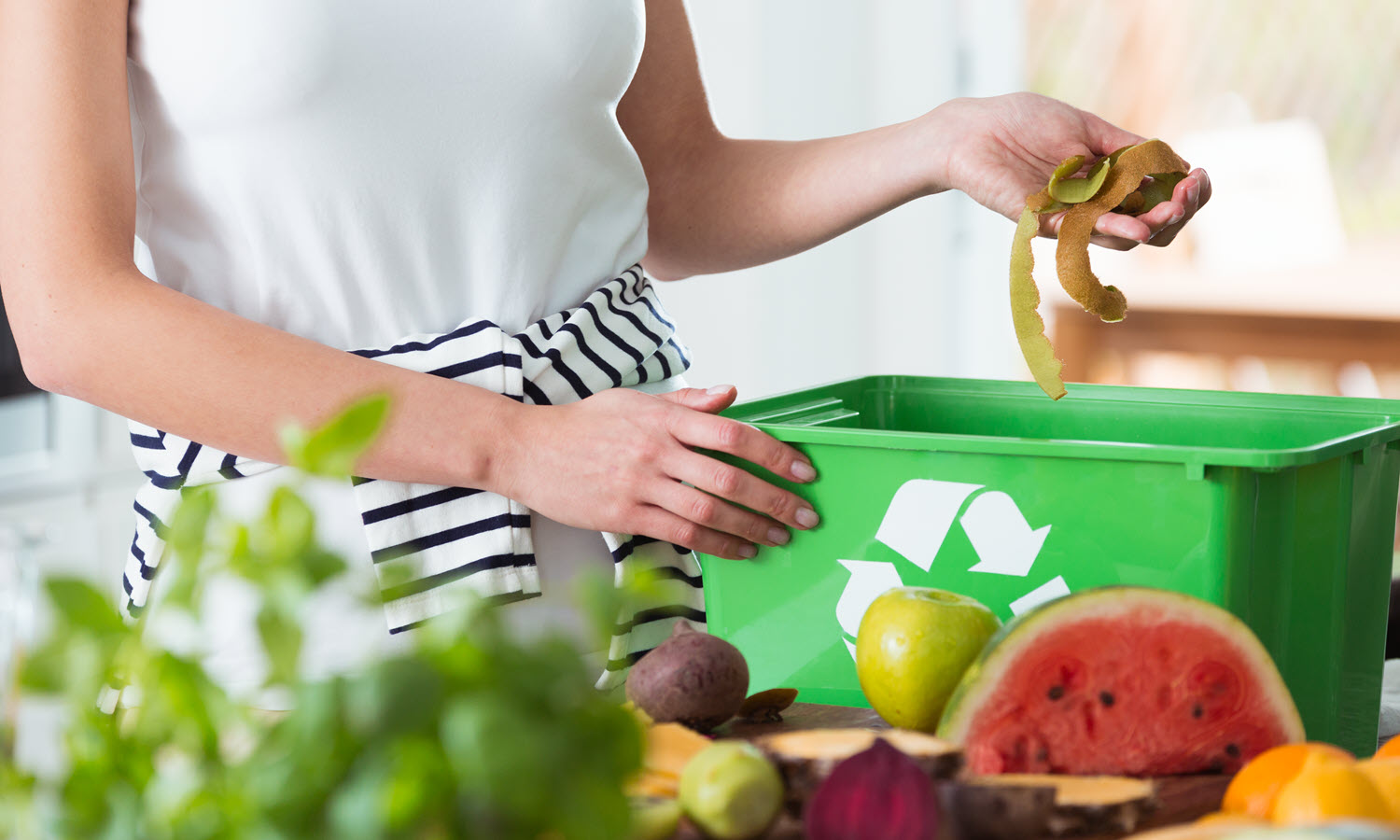
Future Outlook
Efforts to reduce food waste must continue to evolve to achieve greater impact. Technological advancements, such as improved tracking systems and automated inventory management, hold promise for enhancing efficiency in both households and restaurants. Policy developments, such as standardized food labeling guidelines and incentives for waste reduction, can provide further support. By addressing these areas, the potential for reducing food waste and its associated environmental and economic consequences can be maximized.
Conclusion
Reducing food waste is a shared responsibility that requires action from both households and restaurants. By implementing the strategies outlined in this article, we can make a significant impact on the environment and the economy. Preventing food waste through meal planning, utilizing leftovers creatively, and implementing sustainable packaging practices are just a few steps towards a more sustainable future.
References
For further reading or research on food waste reduction and related topics, consider exploring reports and articles from reputable organizations such as the Food and Agriculture Organization (FAO) and the Environmental Protection Agency (EPA). Additionally, organizations actively working on the issue, such as Feeding America and the Waste and Resources Action Programme (WRAP), provide valuable resources and insights.



